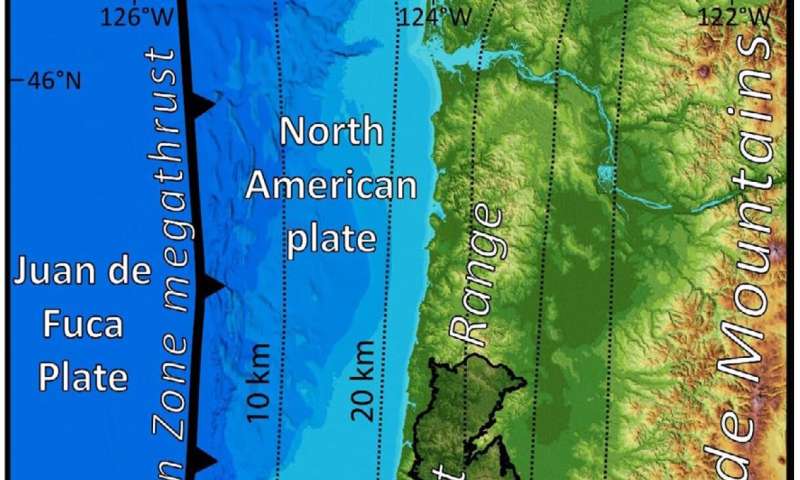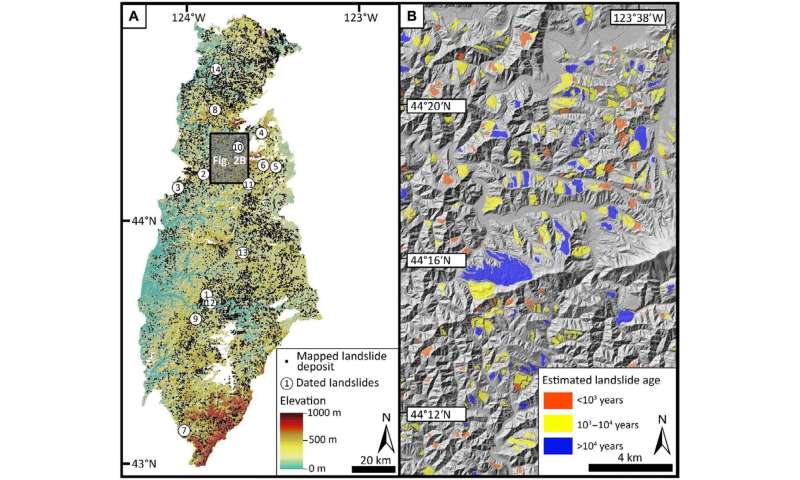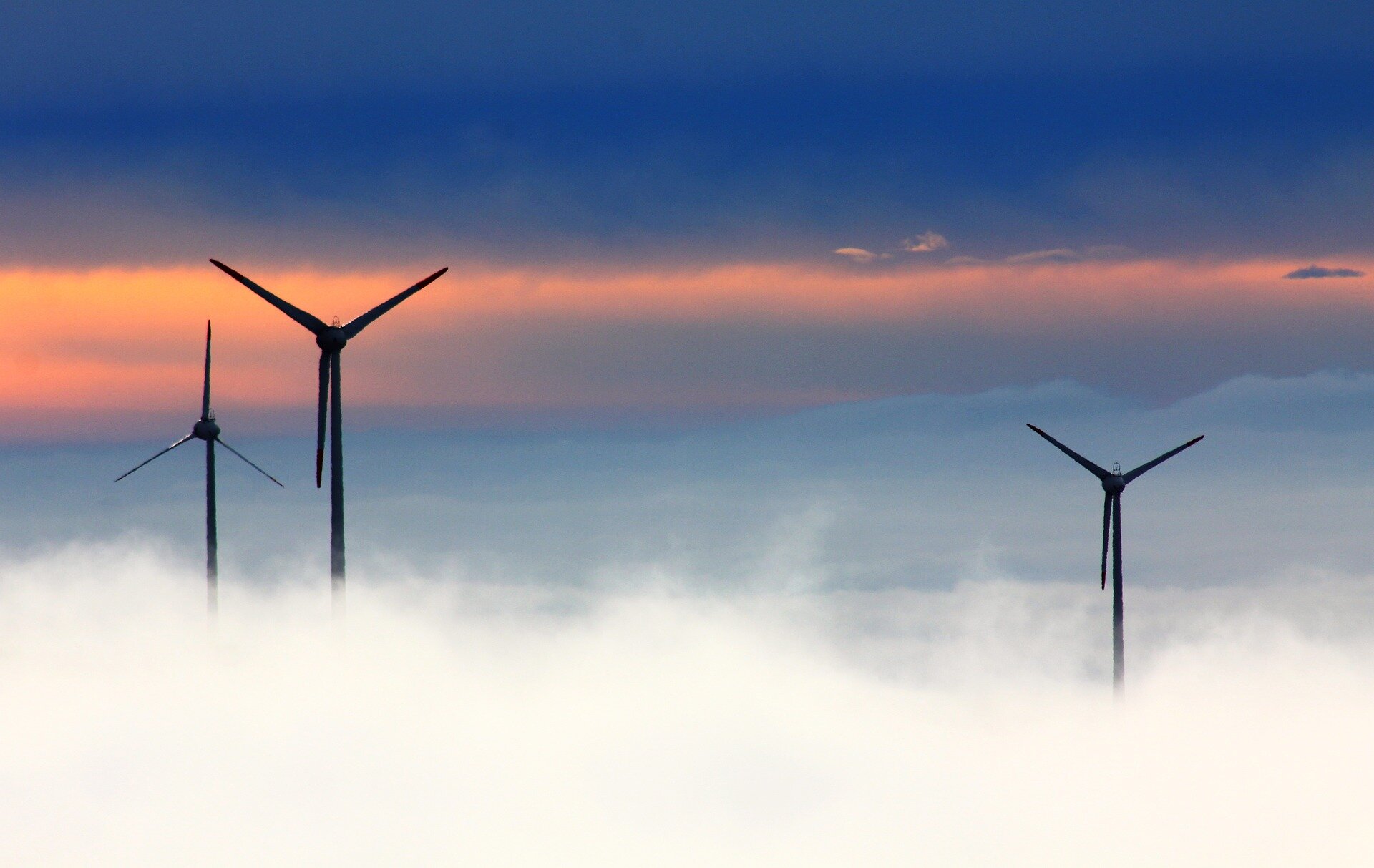#Most landslides in western Oregon triggered by heavy rainfall, not big earthquakes

“#Most landslides in western Oregon triggered by heavy rainfall, not big earthquakes”

Researchers at the University of Washington, Portland State University and the University of Oregon have shown that deep-seated landslides in the central Oregon Coast Range are triggered mostly by rainfall, not by large offshore earthquakes.
The open-access paper was published Sept. 16 in Science Advances.
“Geomorphologists have long understood the importance of rainfall in triggering landslides, and our study is simply driving home just how important it is,” said first author Sean LaHusen, who did the work as part of his doctorate at the UW. “Our results show that more frequent, localized landslide events triggered by rainfall are just as important to consider as less frequent but more far-reaching Cascadia Subduction Zone earthquakes.”
Heavy rains are known to cause landslides that can be disruptive and deadly. A less frequent trigger for a landslide would be a rupture of the geologic fault off the coast of Washington and Oregon that’s known as the Cascadia Subduction Zone—adding to a long list of concerns after a major earthquake. Landslide risks of all types increase if human development or wildfires remove trees, taking away the roots that stabilize the soil.
Recent research in Nepal and Japan, however, suggests that offshore earthquakes might not trigger as many landslides as previously believed. The new study finds a similar situation in the Pacific Northwest.
“We aren’t suggesting that the landscape had no response to these magnitude-9 earthquakes, but that the deeper-seated landslide deposits and scars out on the Oregon Coast Range hillslopes today were primarily triggered by precipitation events,” said senior author Alison Duvall, a UW associate professor of Earth and space sciences. “We conclude that past Cascadia Subduction Zone earthquakes triggered no more than a few hundred deep landslides during great earthquake events.”
The researchers used high-resolution aerial laser maps of the Oregon coast to look at 1,000 years of landslide activity. Landslides tended to happen in places with heavier rainfall, they found. But surprisingly, there was no detectable change in the number of deep landslides at the time of the large earthquake that shook the Pacific Northwest in 1700, or for two earlier offshore earthquakes that happened in roughly the years 1150 and 1470.

Duvall, LaHusen and co-author Adam Booth at Portland State University developed a method for dating landslides while studying the site of the deadly March 2014 mudslide in Oso, Washington. In that study, they used high-resolution images to view the surface roughness. Over time, soil settles and exposed rock erodes. The surface gets smoother, so surface roughness can be used to calculate a landslide’s age.
For the new study, they applied their method to a larger area in the central Oregon Coast Range. To study landslide activity related to the Cascadia Subduction Zone, the researchers needed an area near the Cascadia fault zone with a consistent rock type and publicly available lidar imagery.
“The central Oregon Coast Range offered a massive, 10,000-square-kilometer natural laboratory to explore patterns in deep-seated landslide events through space and time,” LaHusen said. “It’s 50-million-year-old sandstone and siltstone that was deposited offshore, buried and compacted, and then uplifted to form the mountains we see today.”
Aerial lidar maps with less than 3-foot resolution revealed 9,938 landslides inside the study area. Researchers narrowed those down to 2,676 landslides that have happened within the past 1,000 years, and then looked at the landslide frequency during that time.
Researchers caution that the study doesn’t apply to shallow landslides, which frequently occur during earthquakes but leave no long-term evidence and can’t be analyzed with this method, or to different soil types, and so doesn’t necessarily apply to other regions. The research also didn’t consider shallower earthquakes from surface faults.
But the paper does support recent findings in Asia suggesting that offshore earthquakes don’t trigger as many deep landslides as once believed, and that rainfall may be the bigger factor in shaping the landscape over longer timescales.
“These data strengthen the point that we don’t need big earthquakes to trigger large and devastating landslides in Washington and Oregon,” Duvall said. “Seasonal precipitation and large rain events are important to focus on in landslide preparedness planning.”
Dating historic activity at Oso site shows recurring major landslides
“Rainfall triggers more deep-seated landslides than Cascadia earthquakes in the Oregon Coast Range, USA” Science Advances (2020). advances.sciencemag.org/lookup … .1126/sciadv.aba6790
Citation:
Most landslides in western Oregon triggered by heavy rainfall, not big earthquakes (2020, September 16)
retrieved 16 September 2020
from https://phys.org/news/2020-09-landslides-western-oregon-triggered-heavy.html
This document is subject to copyright. Apart from any fair dealing for the purpose of private study or research, no
part may be reproduced without the written permission. The content is provided for information purposes only.
if you want to watch Movies or Tv Shows go to Dizi.BuradaBiliyorum.Com for forums sites go to Forum.BuradaBiliyorum.Com
If you want to read more Like this articles, you can visit our Science category.


